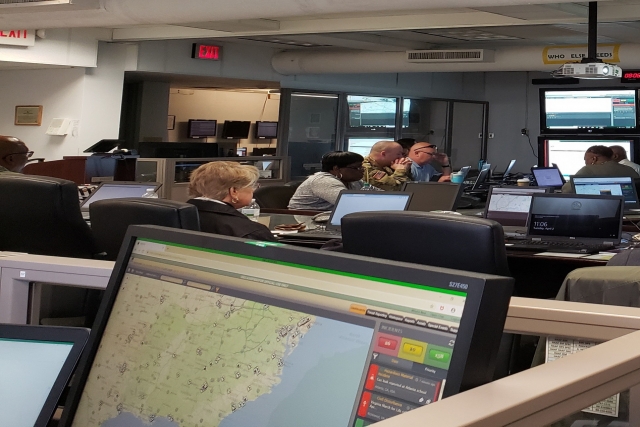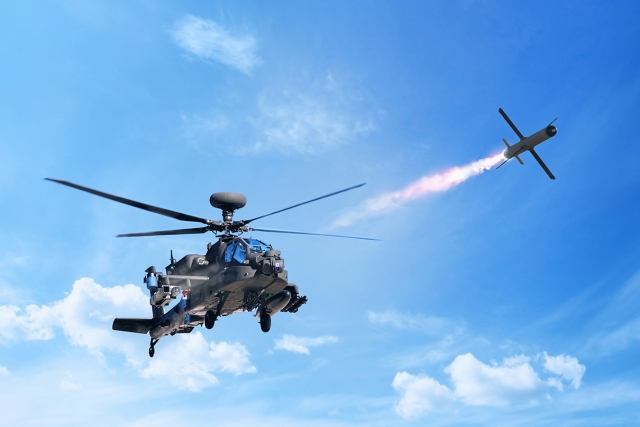US Army’s Anti-Terror Tech to Track COVID-19 Virus

The US Army has deployed software earlier used to target criminal activity, to now fight the COVID-19 virus by alerting installation commanders to news and updates relevant to their communities.
The Joint Analytic Real-Time Virtual Information Sharing System, or JARVISS, is Army software that's designed to target criminal activity and provide natural disaster information in and around Army installations and stand-alone facilities, said Army Maj. Gen. Kevin Vereen, provost marshal general.
As the COVID-19 pandemic emerged earlier this year, JARVISS shifted its mission to also help leaders track the virus and its impact on installation readiness, training and recruiting.
JARVISS was originally developed in 2018 after the Fort Hood, Texas, shootings. It was designed to compile information on any threat against the Army, Allen explained.
“The system itself is a mobile and desktop app used to store open-source information from places like social media, news, blogs, and government sources,” Vereen said.
In the past, installation-specific profiles were developed around the types of threats specific to them. The idea of a worldwide biological threat wasn't necessarily on every commander's radar until a few months ago, Allen said.
The desktop and mobile app can store unclassified Army data and open-source threat information from more than 80,000 sources. It then translates the holistic information into actionable data to help commanders make real-time decisions.

Allen compared JARVISS to GPS navigation apps, noting that those apps help users navigate highways and roadways in real time based on community-driven data.
For example, he said, if someone uses a GPS navigation app and there's traffic or a road closure ahead, the app says, "Hey, there's a delay ahead, but here's a different route to get you home." It knows this based on multiple information sources submitted by users within the area.
The GPS app then takes the information and translates it into actionable information to help the user make decisions.
JARVISS developers flagged COVID-19 after its initial human-to-human contact, Allen said. Shortly afterward, the virus started popping up around the country, and by March, it became a full-on pandemic. That's when commanders needed the additional data information layer.
"If [commanders] needed to bring their soldiers in from off-post locations or, in some cases, keep soldiers on a military installation because the outbreak is just too high, JARVISS helped make those decisions," he said.
The demand for the software is on a case-by-case basis, Vereen explained. For example, in early hotspots such as Joint Base Lewis-McChord, Washington, commanders responded sooner because of the high rate of infections there versus other parts of the country.
It's also used in hardest hit COVID-19 locations. The National Guard has thousands of troops across the country and other state and federal agencies. They are using JARVISS to track the spread of the virus, Allen said.









